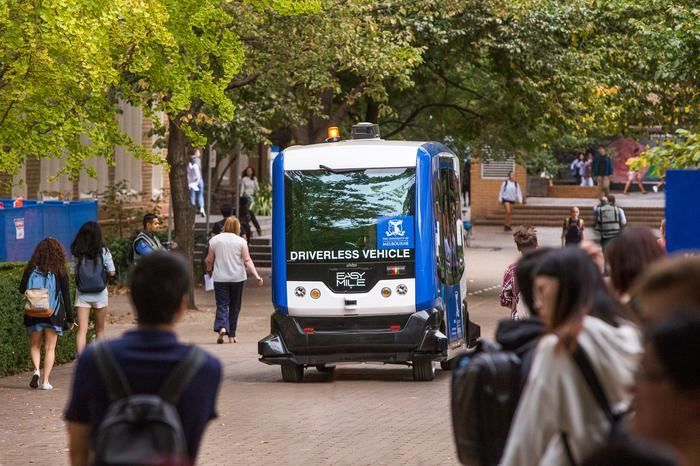
Have you heard of the ‘Great Horse Manure Crisis’?
In London in the late 1800’s, there were over 50,00 horses transporting people around the city by cab, bus and personal cart. Each horse produced between 15 and 35 pounds of manure and around two pints of urine per day, and had a life expectancy of only three years. They created a massive public health and safety issue - streets were obscured, and huge numbers of flies swarmed, spreading diseases like typhoid fever.
In 1894, The Times predicted every street in London would be buried under nine feet of manure within 50 years. In 1898 the manure crisis was debated at the world’s first international urban planning conference in New York (a city facing the same issue), and the problem seemed as insurmountable as piles of manure swallowed the streets.
No one could have predicted that by 1912, this great crisis would be entirely resolved, or that someone in 2018 would be using it as an introduction for how emerging technology can change a conversation, city, country, and the world entirely. The technology that solved the problem? Motorised vehicles.
As congestion and travel time increase, the adverse impact on health is investigated, and climate change becomes visible, we explored if the next evolutions of motorised vehicles - connected, automated, and zero emissions - could provide the solutions to our new(ish), insurmountable (?), urban problems.
WE DISCUSSED:
-
The findings of Infrastructure Victoria’s newly release report, Advice on automated and zero emissions infrastructure
-
Pilot programs currently being trialled in Victoria, including AIMES
-
The infrastructure and solutions needed to support development
-
Predictions for how and when new technologies will reach the road
-
The implications for automated and connected vehicles outside of personal transport
WITH PANELISTS:
-
Dr Allison Stewart - Project Director, Automates and Zero Emission Vehicle Infrastructure Advice, Infrastructure Victoria
-
Majid Sarvi - Professor in Transport for Smart Cities, AIMES Founding Director, University of Melbourne
-
Paul Kubat - Independent Consultant, former Smart City Lead at Singtel-Optus
-
Mark Harland - former Executive Director Marketing at GM International
THE TAKEOUTS
-
Connected and autonomous vehicles could have a huge impact on congestion, travel time, greenhouse gas emissions and road safety.
-
They could also increase our energy usage and increase congestion in areas like the CBD.
-
While new infrastructure may not need to be developed right away, current infrastructure - like roads and the cellular network - will need to be upgraded to support connected and autonomous vehicles.
-
Public transport is still an important feature of any transport future scenario.
-
Integration and connectivity between individual autonomous vehicles, fleets, public transport, pedestrians and cyclists are crucial in improving the flow of transportation and movement of people in order to achieve the key benefits.
-
Cultural approaches to car ownership could change in an automated future.
-
Insurance companies and car companies will need to rethink their brands, roles, and business models.
-
Melbourne is home to a world-first laboratory, modelled on it's streets and established to test highly integrated transport technology (AIMES)
-
Autonomous vehicles are already being tested around the world, in places like Singapore and Arizona.
-
Autonomous buses could be seen in Melbourne as soon as 2020 and taxis before 2025.